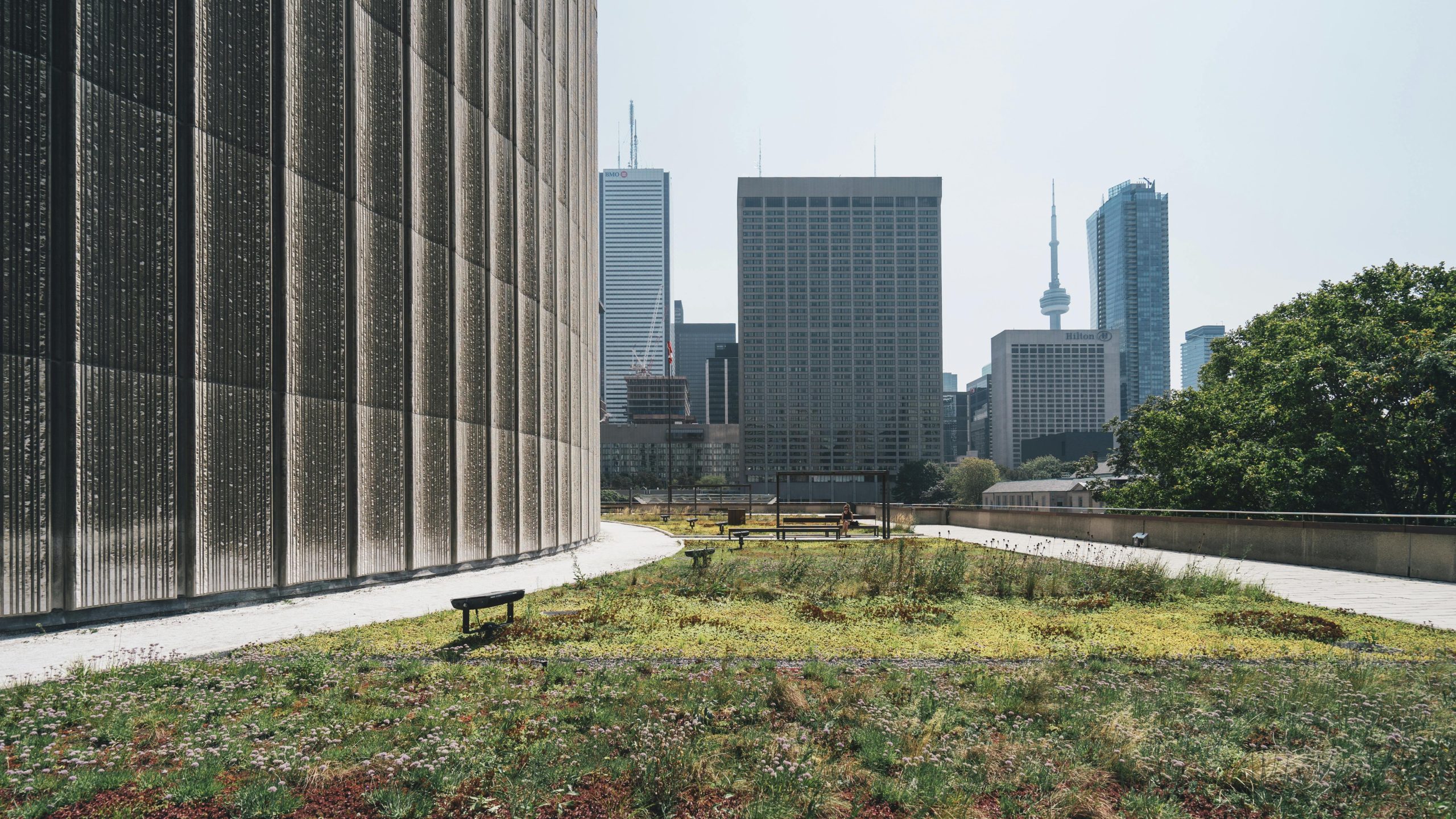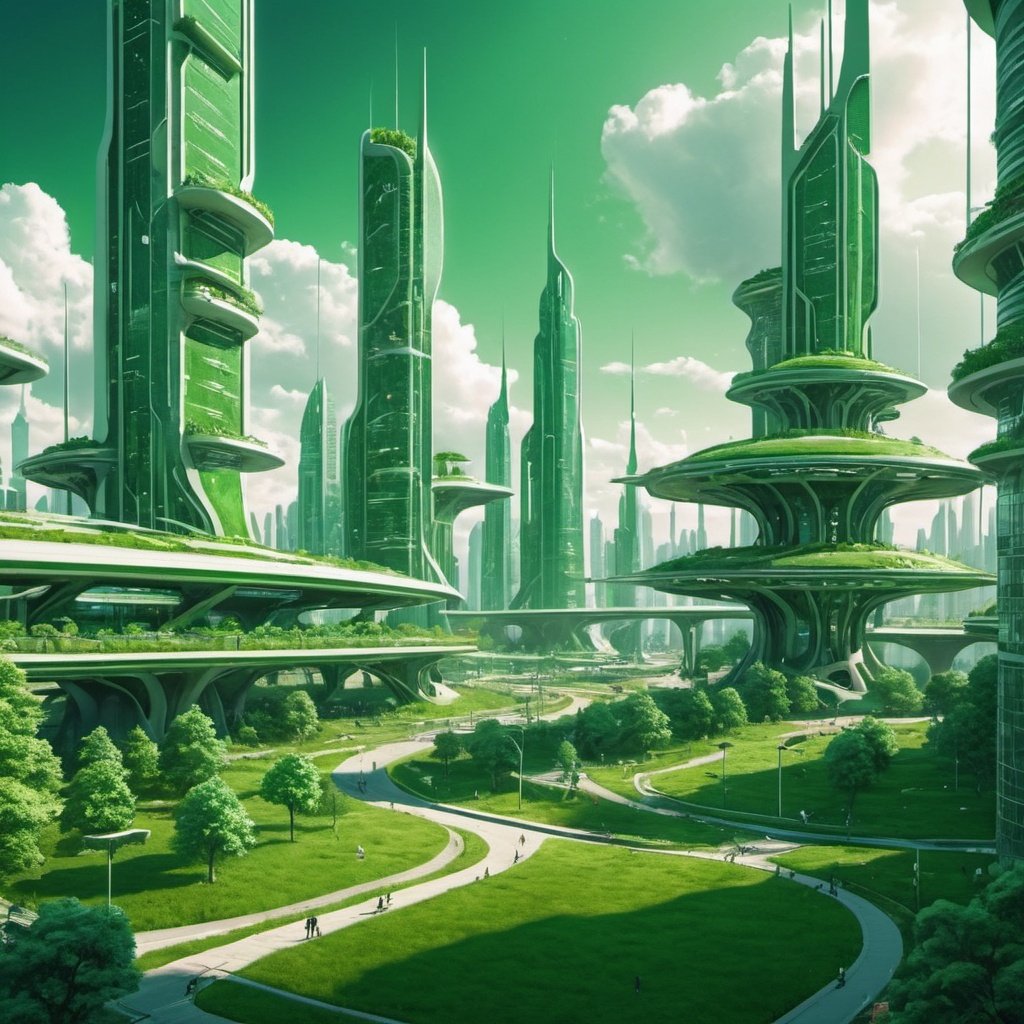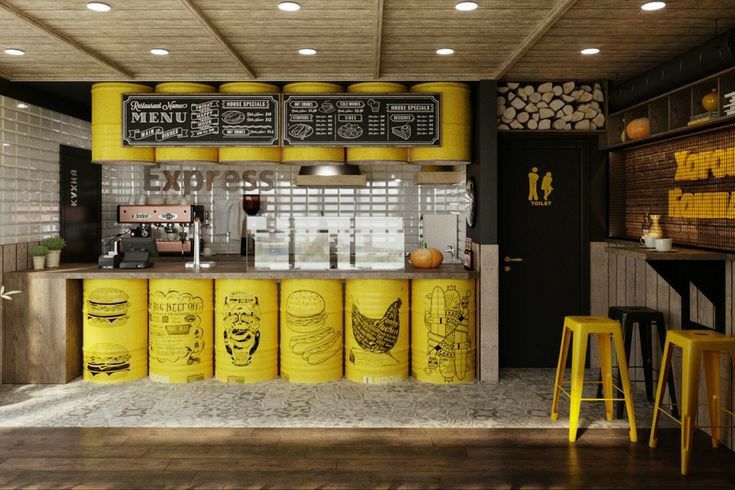7 Career Opportunities for Engineers of the Future.
Engineering remains an ever-important field in almost every aspect of human existence. Whether it's in construction or manufacturing, engineering plays a key role in making society function. Because of this, it evolves as the world evolves.
The current trend in sustainable practices and the advent of new technologies, for instance, have revolutionized the world of engineering in so many ways. This is why the demand for engineers of the future is only set to increase. With that said, let's explore 7 career opportunities for engineers of the future.
Sustainability Development Policy Makers:
Enforcement of sustainability goals can only be made when government listen to the people. Those in sustainability policymaking, ensure that companies make the right decisions in protecting the future of earth and cities. With diverse backgrounds, these groups of people can take on any form, from government to NGOs to companies, like The Green Campus Initiative.
Carbon Emissions Measurement and Data:
Engineers in this field, like those at The Carbon Collective Company, focus on developing and implementing technologies to accurately measure and analyse carbon emissions from industries, transportation, and energy production. In addition, they work with data collection instruments, sensors, and analytical tools to monitor emissions and provide data-driven insights on reducing emissions.
Container Construction Engineer:
These experts excel in transforming shipping containers into functional and visually appealing structures. By utilising the sturdy, modular nature of shipping containers, they create innovative living spaces, work spaces, and even temporary shelters. In this manner, they contribute to waste reduction and encourage sustainability. Redcity specialises in container construction and has built a number of modular workspace structures simply by repurposing shipping containers.
Traffic/Road Data Analysis:
Engineers here analyse traffic patterns, road conditions, and transportation systems to optimise efficiency, safety, and sustainability. In addition, they use data from various sources, including cameras and sensors, to model traffic flow, identify congestion hotspots, and propose traffic management strategies. The reduces carbon pollution in cities by reducing gas burning and decongesting road systems.
Upscaling Engineer:
The Flipflopi Project and Quadloop are experts at upscaling. The practice involves converting waste materials or by-products into new products or materials of greater quality and value. Engineers in this field work with waste materials like metal scraps, cans, plastics, e.t.c. to not only create something valuable but also reduce waste pollution and partake in sustainable practices.
Renewable Energy Distribution:
Engineers here design, construct, and maintain renewable energy structures such as wind turbines, solar panels, geothermal energy systems, and so on. They also work on grid integration, storage solutions, and transmission infrastructure to maximise the use of renewable energy sources and minimise reliance on fossil fuels. You can find innovative companies like Ecozar Technologies, Flexi Biogas Solutions and Arnergy Solar specialising in this field.
Mini-grid Development:
Mini-grid engineers, like ENGIE Energy, specialise in designing and implementing decentralised electricity distribution systems, known as mini-grids, in remote or off-grid areas. By integrating renewable energy sources with energy storage and distribution technologies, they provide reliable and sustainable power to off-grid communities.
Electric Mobility Engineer:
Engineers here focus on developing electric vehicles (EVs), charging ports, and related technologies to support the transition to electric mobility. Additionally, they focus on battery technology, electric drivetrains, charging station networks, and vehicle-to-grid connectivity to increase the adoption of electric vehicles and reduce reliance on fossil fuels for transportation. This field is special to companies like BasiGo, Hellobikee, and E-Safiri Charging Limited.
https://www.instagram.com/p/CwRraWPKyLw/?igsh=NTc4MTIwNjQ2YQ==
In summary, the engineering field is rapidly growing, and the career opportunities for engineers of the future are diverse and exciting.
For this reason, Redcity is launching a FREE online course on sustainable development for STEM students. The course will acquaint them with the diverse opportunities that come with sustainable engineering; furthermore, it will show them how to effectively utilise said opportunities. To register for the course, interested applicants can simply click here to get started.
Did you find "7 career opportunities for engineers of the future" informative? Comment below.


















